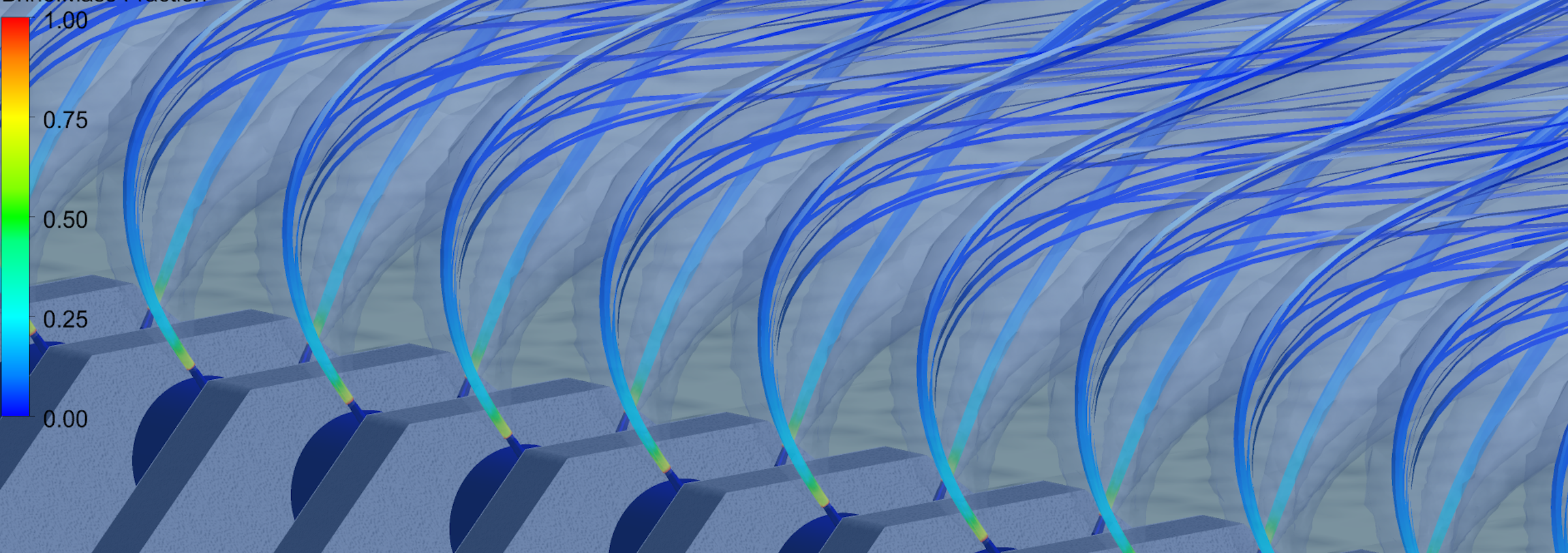For the desalination plants in New South Wales and Victoria, Australia, Computation Fluid Dynamic (CFD) modelling was undertaken by AMOG, looking at the intake structures located at the top of vertical risers (either anchored to or fixed on the seabed) connected to underground intake tunnels, in order to assess their hydraulic performance. One of the main functions of the intake structures was to limit entrainment of marine biota and debris into the intake system. In addition to this, other design issues needed to be addressed to ensure a predominantly even distribution of horizontal flow across the intake mesh screen, and an average screen velocity typically less than 0.15m/s. This was based on US EPA regulations, whilst also taking marine growth into account.
Hydrodynamic modelling was also conducted for the outfall diffusers, associated with wastewater treatment and desalination plants, to assess the processes occurring close to the outlet diffuser nozzles, and due to the buoyancy of the effluent (brine/waste sediments), the resulting discharge jet’s plume impact upon the sea bed (referred to as Near-Field modelling).
Another consideration included was ensuring sufficient purging of the outfall risers occured, due to the impact upon the outfall performance, and its ability to radically reduce effluent dilution. It should be noted that reduced performance has the potential to lead to partial blockage of the outfall due to the build-up of marine growth and sediments.
AMOG's scope of work included:
- Hydrodynamic modelling of sea intakes and outfall structures
- Assessing performance impact of intakes and effluent nozzle jet discharges

